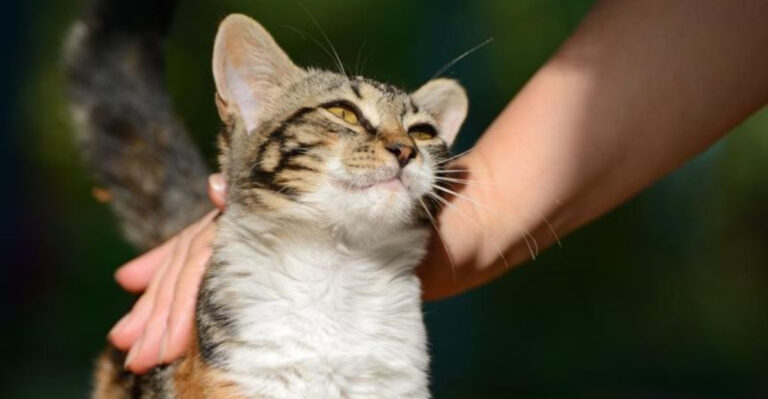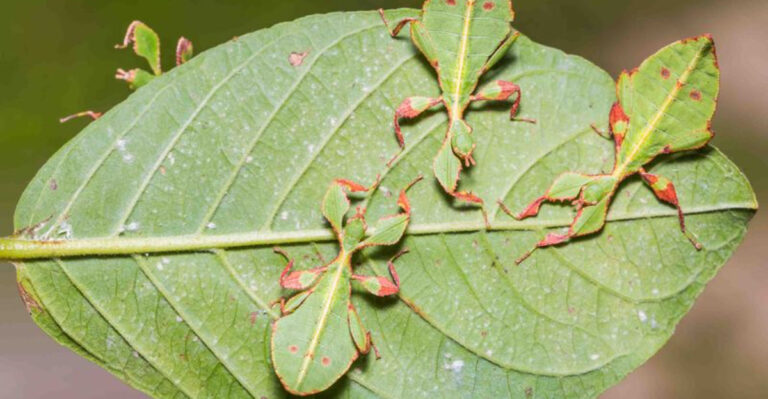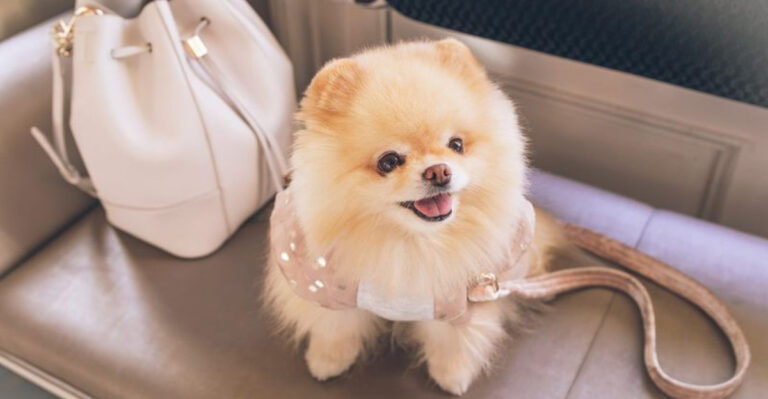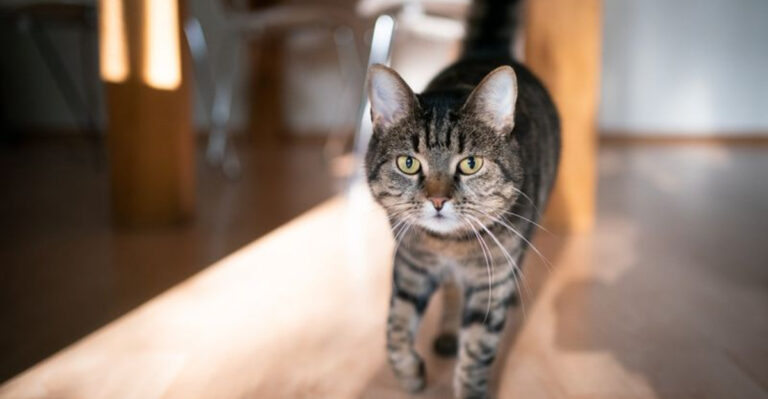16 Types Of Unwanted Touches That Cats Don’t Tolerate
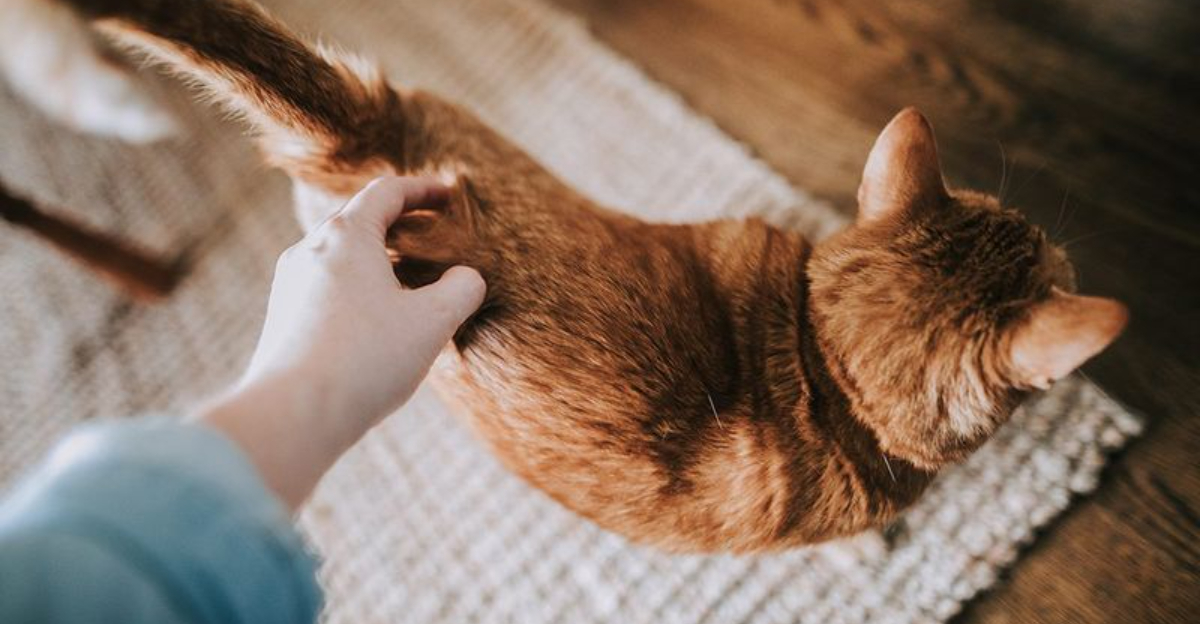
Ever wonder why your feline friend suddenly turns into a tiny ball of fury when you try to pet them? Understanding cats’ touchy preferences can be a game changer for your relationship with them.
These quirky creatures have their own list of dos and don’ts when it comes to physical affection. Let’s uncover 16 types of unwanted touches that often lead to a hissy fit.
1. Belly Rubs
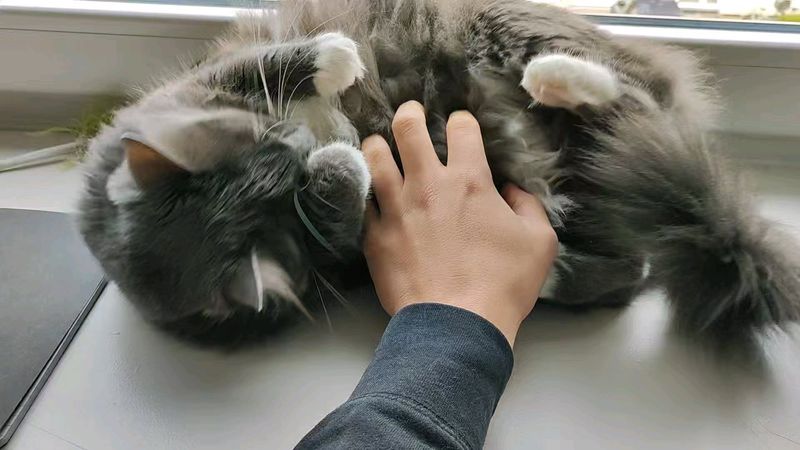
Ever tried scratching that soft, fuzzy belly, only to have your hand swatted away? Cats often see this as a vulnerable area, and touching it can be an unwelcome surprise. Despite their occasional belly-up poses, most cats prefer you admire rather than touch. Next time, stick to the head scratches instead!
2. Tail Grabbing
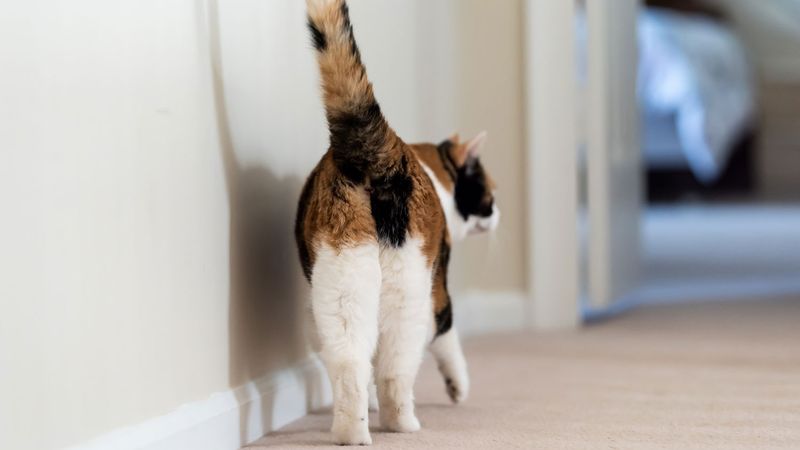
Cats use their tails for balance and communication, so grabbing or pulling it is a big no-no. A yank on their tail could cause discomfort or even pain, making them wary of your intentions. Instead, let their tails do the talking, gracefully swaying without interruption.
3. Surprise Petting
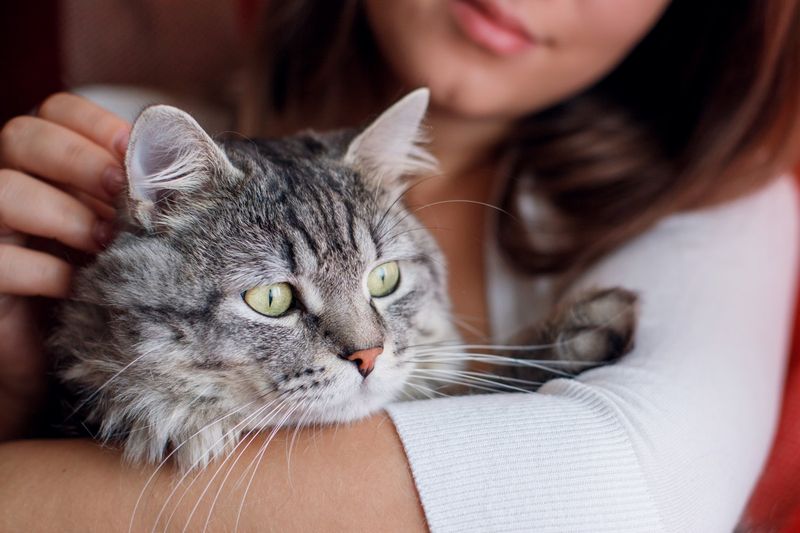
Sneaking up on a cat for a surprise pet can lead to an unexpected swat. Cats generally dislike unexpected touches, especially when they’re not in the mood. Approach them slowly, allowing them to see and sniff your hand first. This small gesture can mean the difference between a purr and a scratch.
4. Paw Holding
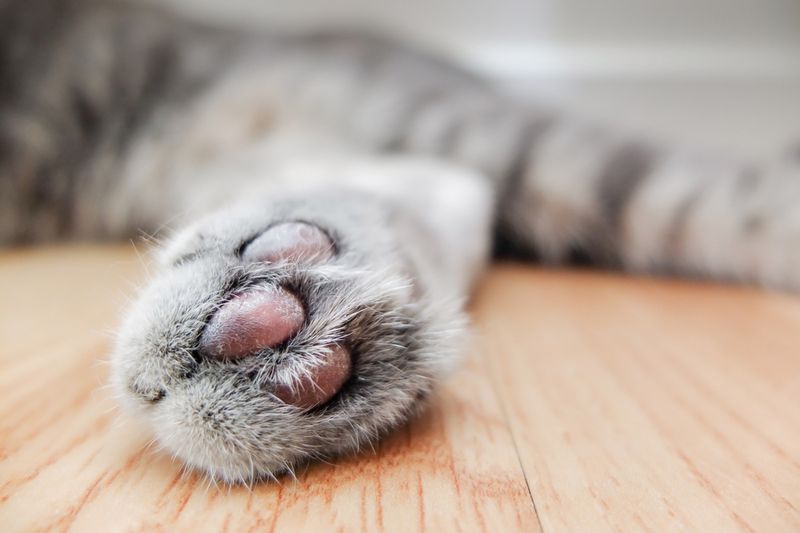
While it may seem endearing to hold those tiny paws, many cats find it intrusive. Their paws are sensitive, and holding them may cause your feline friend to retract with a puzzled look. If you want to bond, opt for gentle chin scratches instead of paw holds.
5. Petting Against The Fur
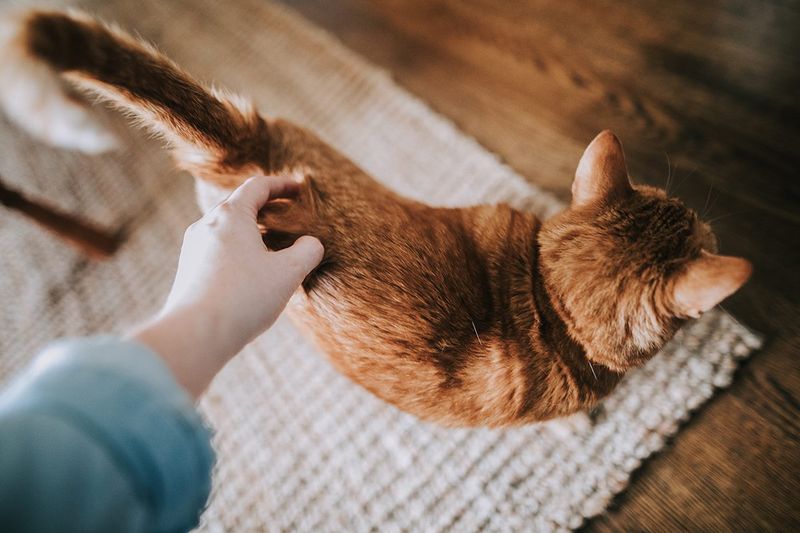
Petting against the grain of their fur can feel just plain wrong to cats. Imagine your hair being tousled in the wind without your consent! Cats prefer smooth, gentle strokes along the natural direction of their fur, keeping their coat tidy and spirits high.
6. Ear Tugging
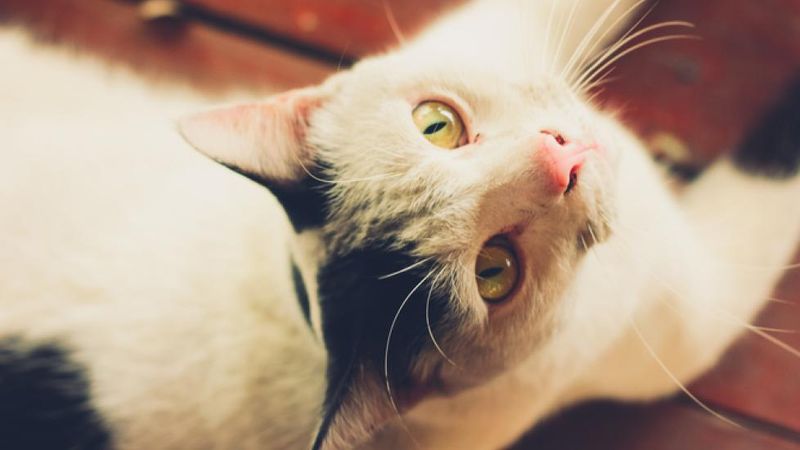
Tugging on a cat’s ears isn’t just annoying; it’s uncomfortable. These sensitive appendages are crucial for hearing, and any rough handling can cause distress. Instead, focus on gentle ear massages, if your feline allows, keeping the experience soothing rather than stressful.
7. Whisker Touching
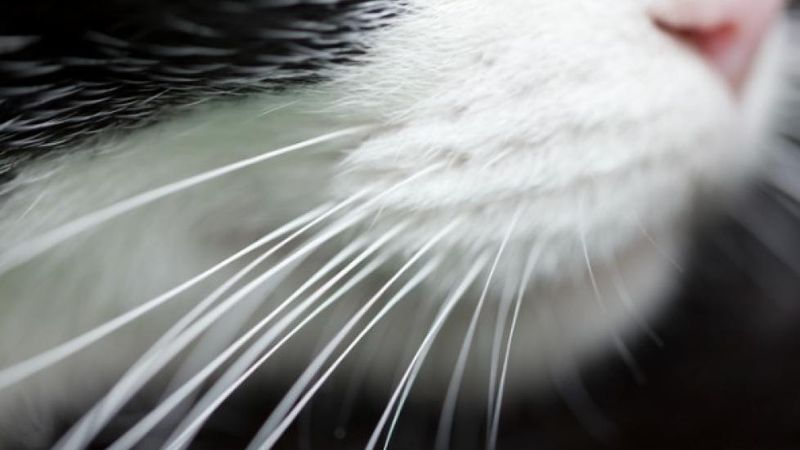
Whiskers are essential sensory tools, and touching them can be irritating for cats. Just as you wouldn’t poke someone in the eye, avoid fiddling with these delicate hairs. Respect your feline’s personal space by keeping your fingers away from their whiskers.
8. Carrying Like A Baby
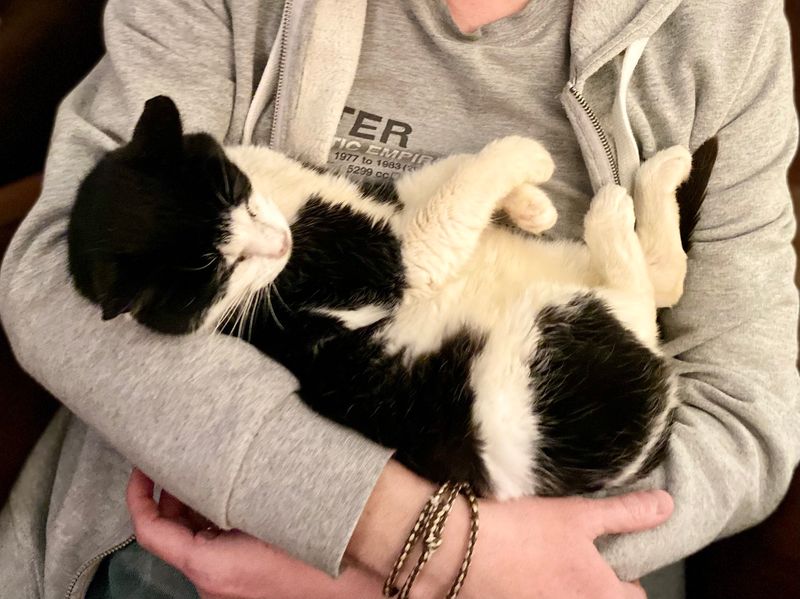
Holding a cat like an infant may seem cute, but many felines find it uncomfortable. They prefer having their feet on solid ground, maintaining a sense of control. Cradle them gently if they allow, but respect their independence if they squirm away.
9. Back Of The Leg Petting
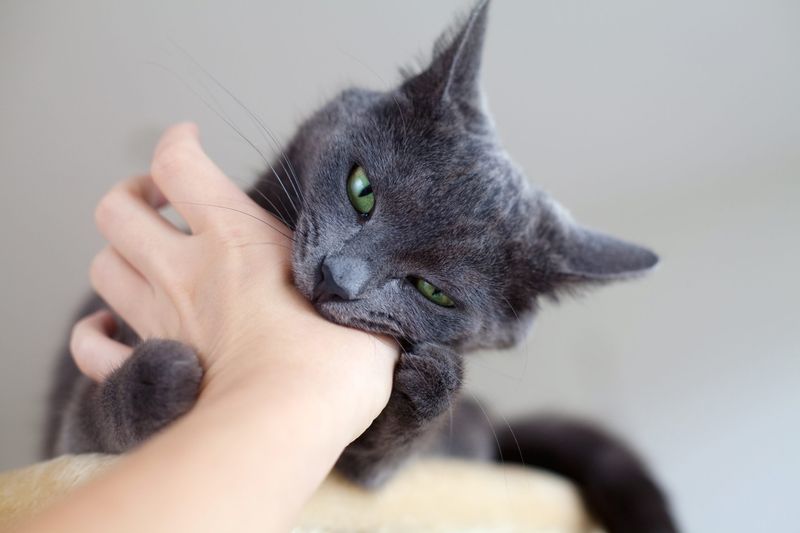
While it might seem harmless, petting the back of a cat’s legs can be unsettling. Cats are wary of touches near their hindquarters, often reacting with a twitch or a leap. Focus on more neutral zones like the head or back to keep your kitty content.
10. Face Smooshing
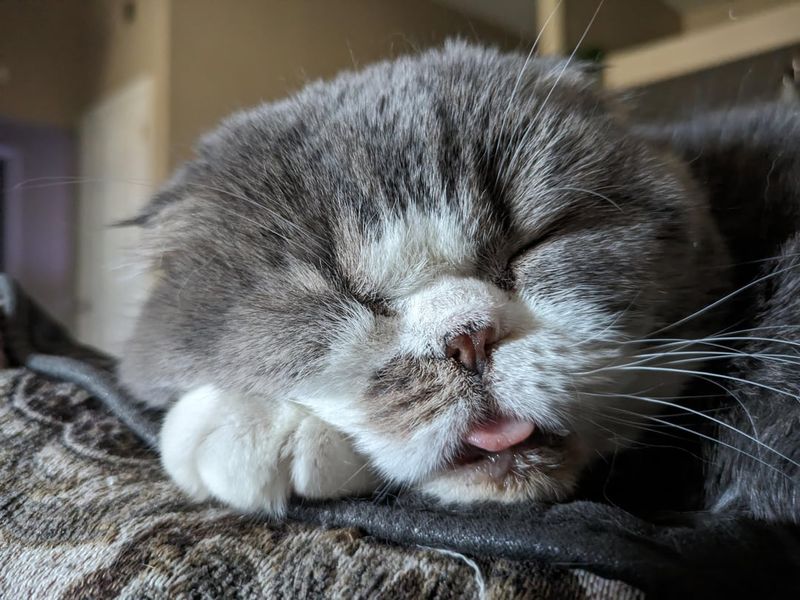
Smooshing a cat’s face might seem fun, but most cats find it intrusive. Their faces are sensitive, and squishing their cheeks can feel like an invasion of space. Gentle cheek rubs are usually appreciated, but always watch for signals that say ‘enough!’
11. Restrained Hugging
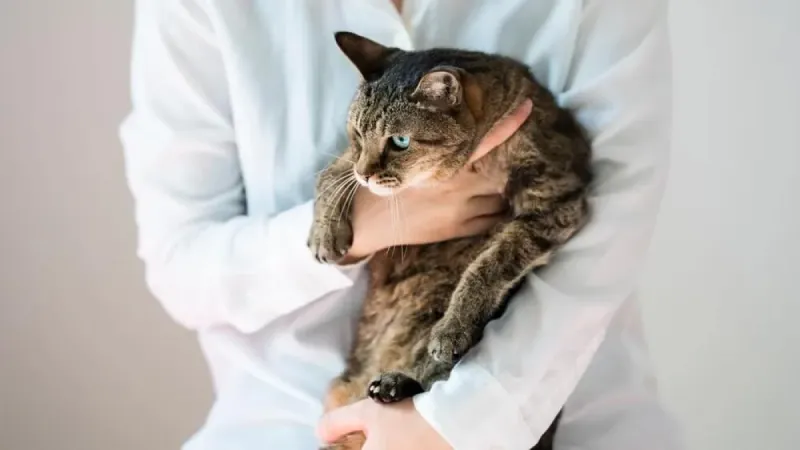
Hugging a cat tightly can make them feel trapped. Unlike dogs, cats often dislike being restrained and may react with a struggle. If your kitty enjoys cuddles, keep them soft and loose, allowing them the freedom to escape when needed.
12. Aggressive Head Patting
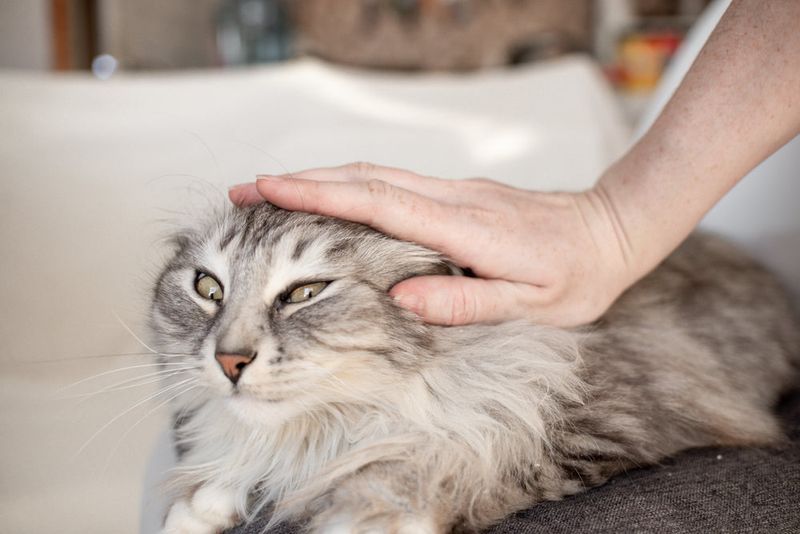
Vigorous head patting can be irksome to cats, who prefer gentle strokes. Heavy-handed pats can be jarring, causing them to retreat. Opt for light, comforting touches around the head, keeping your feline friend relaxed and happy.
13. Invasive Foot Touching
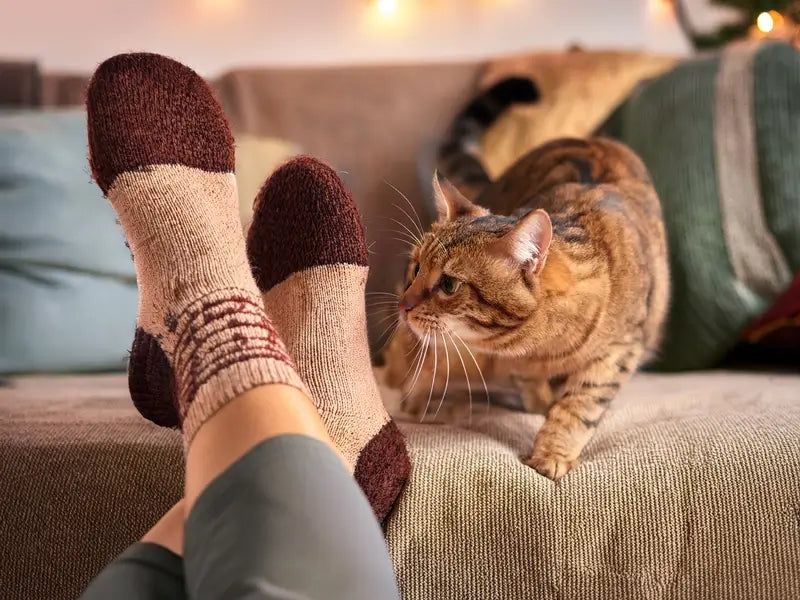
Paw pads are sensitive, and many cats find foot touching invasive. Unlike dogs, cats are more particular about their feet, preferring you skip the toe beans and focus on the head or chin instead. Always let them guide the interaction for a harmonious experience.
14. Rough Play Slaps
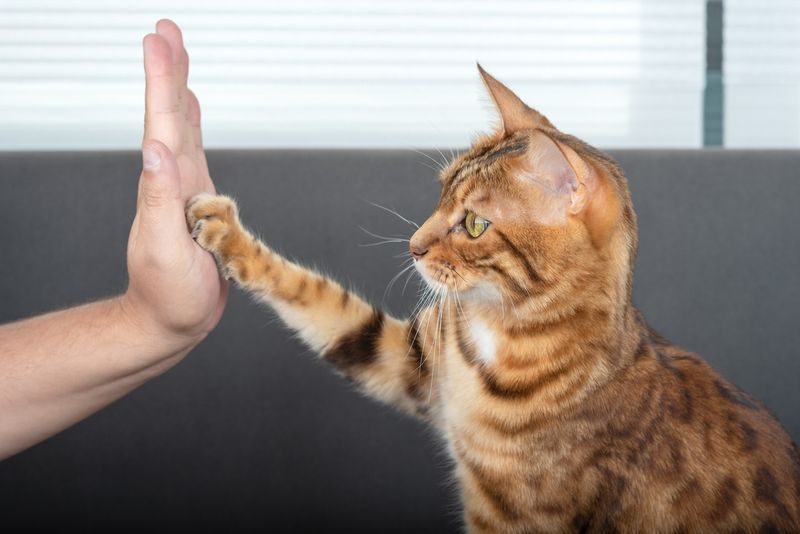
Engaging in rough play with slaps can make a cat defensive. They prefer soft, playful interactions that mimic hunting, rather than roughhousing that feels threatening. Use toys to divert their energy into a fun and safe play session.
15. Tail Base Grabs

Grabbing a cat’s tail base can be irritating, as this area is sensitive. Cats often feel vulnerable with this kind of touch, reacting with a flick or a leap. Stick to safer zones like the back or chin to enjoy stress-free petting.
16. Eye Area Touching
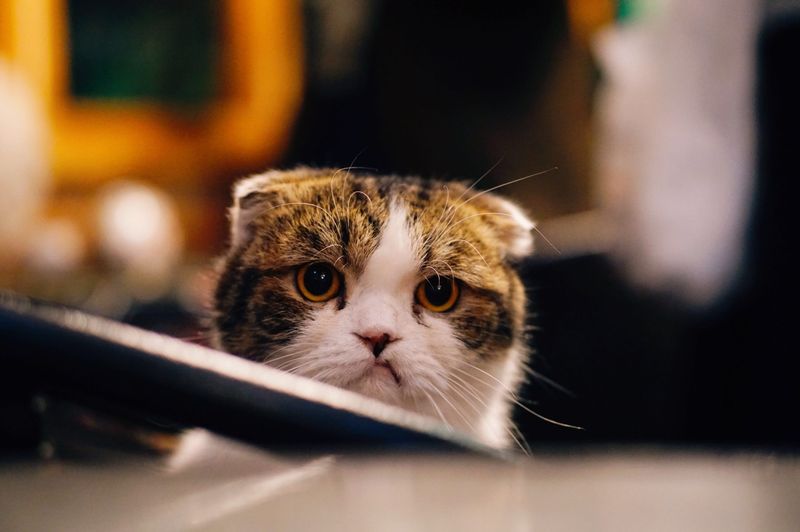
Cats are wary of touches near their eyes, as it interrupts their vision and feels too personal. They prefer you keep your fingers away from this sensitive area. Stick to chin or ear scratches, respecting their comfort zones, and you’ll likely get a purr of approval.


